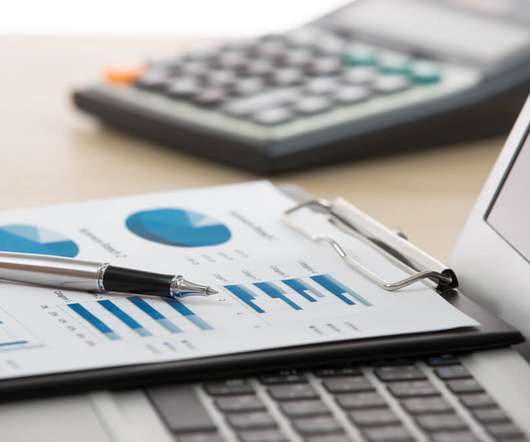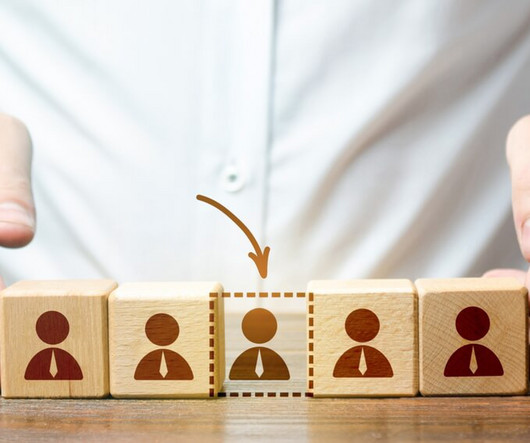The Phillips ROI MethodologyTM – Measuring Data at All Levels – Part 5
CommLab India
OCTOBER 20, 2016
In the fourth part of the series, we saw how the Phillips ROI Methodology TM suggests that measurements be taken at every level. A change in the learner’s attitude. All data collected at this level must be converted to a monetary value so that it can be compared with program costs. Level 2: Learning. Customer satisfaction.

























Let's personalize your content